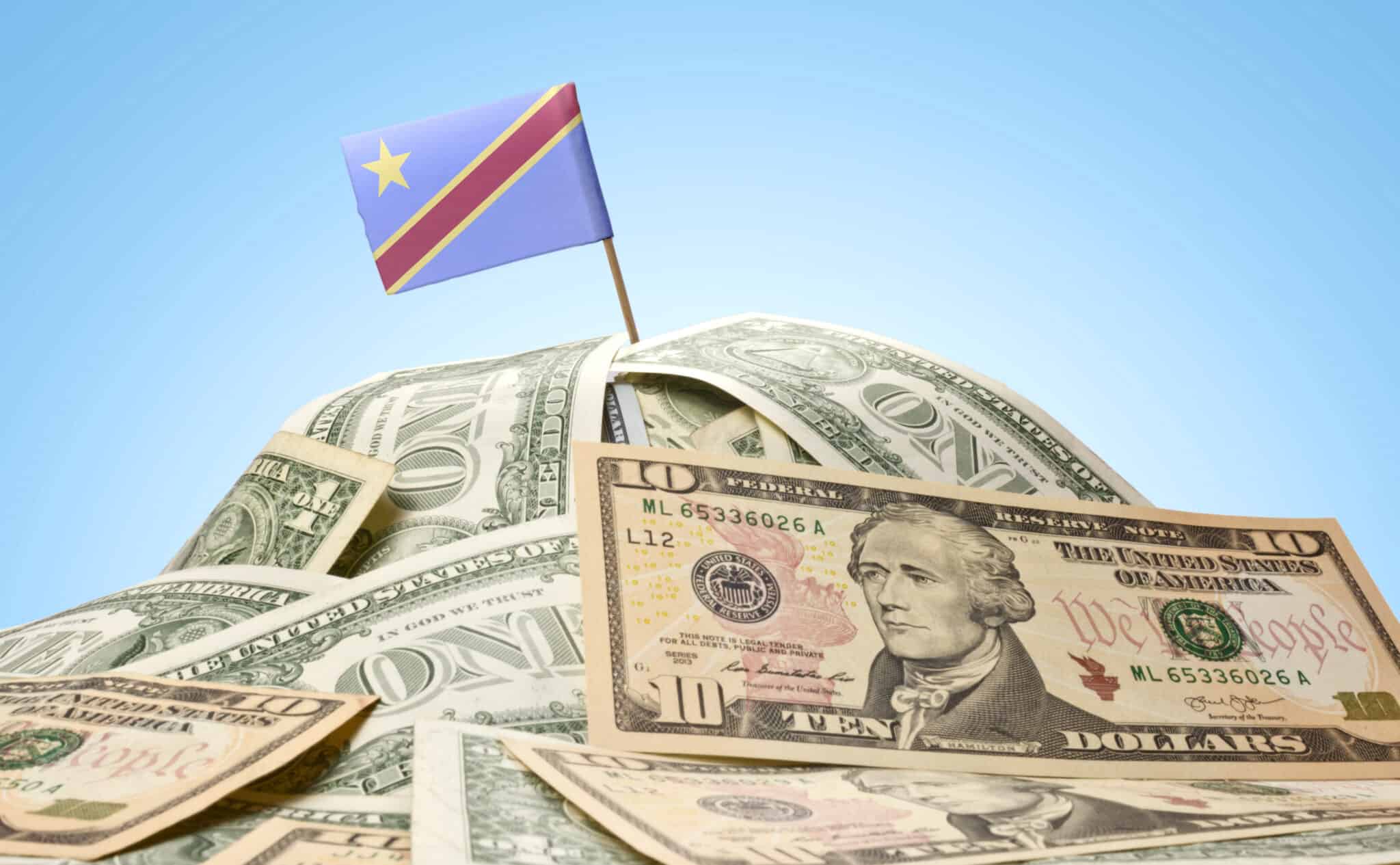Dear Readers, let me begin by saying that I lived and worked for almost 8 years in DRC, initially at the US Embassy and later with a major US company developing one of the world’s largest copper-cobalt mines. I actually love the Congo, and I definitely love the US – but in neither case does that love blind me to sad realities.
The December 13, 2022 US-DRC-Zambia Memorandum of Understanding recently published is unfortunately another example of the US desperately trying to solve the looming disaster confronting the electric vehicle, green energy and defense industries caused by a current and growing global shortage of vital inputs such as lithium and rare earths. Caught between dueling national defense and political priorities, the Administration continues thrashing about to find reliable sources of the above-mentioned materials without having to actually permit new mines in the US.
Sadly, DRC does not meet the definition of a reliable source – and neither does Zambia, but I will focus here on the DRC, the much larger and more richly endowed of the two countries, and the one where I can speak from experience.
The MOU says the USG will provide consultation and encouragement for the stated goal of developing within and between DRC and Zambia a battery chain from mine to pre-production. Reference also is made to helping the two countries ensure transparency and enforce anti-corruption measures with the aim of attracting support for the effort from private sector investors.
Let’s talk brass tacks.
Vital infrastructure in the DRC, especially but not only transportation and energy, destroyed during the war which ended in 2003, remains mostly in shambles. Sporadic and poorly coordinated efforts by both the Kabila and Tshikedi presidencies, undercut by pervasive corruption, have not made a dent at the national level, albeit that road transportation has improved in some regions. What this means is that the always expensive and time consuming process of building a new mine is vastly increased. Mining companies frequently have to build new roads or rebuild stretches of the national highway; construct bridges and build or rebuild electrical transmission lines and regional power plants. These efforts require cooperation with the national electrical company, various national and provincial governmental agencies and, of course, navigating the DRC’s often mysterious import regime to get the necessary equipment into the country.
The best infrastructure is in the copper-cobalt provinces in the Southeastern quadrant of Congo. However, much of the disclosed lithium and rare earth deposits (which is what we really are discussing although the document mentions only copper and cobalt) are located in the troublesome East and North of Congo, areas beset by militia groups such as M23 (recently in the news) and others running rampant. Human rights abuses continue at a sadly broad scale, and some alleged para-statal military elements have reportedly staked out some of the most lucrative potential mining sites and, if their demands to be somehow included in commercial deals are not met, could become disruptive saboteurs.
So why does Washington see Congo as a potential silver bullet? Because despite all the above, a large company with deep pockets can still build a mine 3 times more quickly than currently is possible in the US. And because Congo is stuffed with mineral riches.
Once a company has a mine, successfully exporting from these zones is complicated. DRC has one sea access, the port of Matadi in Western Congo – but commercial rail service across DRC is not reliable. A new rail connection between Southeastern Congo and Luanda in Angola could be an option when finally completed, but meanwhile, most mining products go out via Zambia and across to South Africa’s ports via road and rail. The illicit mine production, of course, tends to go out via boat or small airplane through neighboring Rwanda or Uganda.
And far from least, the Congolese government has a history of stopping companies from exporting products when there is a disagreement over monies the government believes it is owed.
Two more important points: presidential elections are coming. Historically a new president changes everything, and the incumbent currently is not favored to be reelected.
And very importantly: the end-users for Congolese minerals face rigorous certification responsibilities which they pass on to the mines operating in country. This means that mining companies need to work with specialized companies who can examine their operations and certify that the mineral production does not involve any human rights violations, especially child labor, has respected tribal rights, including full and fair prior consultation, and that all financial transactions are open and above-board. No easy task in Eastern Congo, as the history of coltan shows.
If the USG actually wants to lay the groundwork for US companies to invest and succeed in DRC, sourcing and producing the rare earths and lithium needed in the United States, then it should consider taking a page out of China’s book and making serious and durable investments in building Congo’s infrastructure. This at least might give US mines and investors a fighting chance of succeeding.
But the MOU specifically notes that none of its aspirations are tied to funding.
Washington should drop the hypocrisy and permit more mines to be built more quickly in the USA. There never will be a shorter or more secure supply chain than minerals extracted and refined in the US for production and use in the USA.
Anything else is just deluding ourselves. The clock is ticking and we need to act – even when doing so requires political courage. Perhaps especially when that is the case.
Source : Investor Intel

